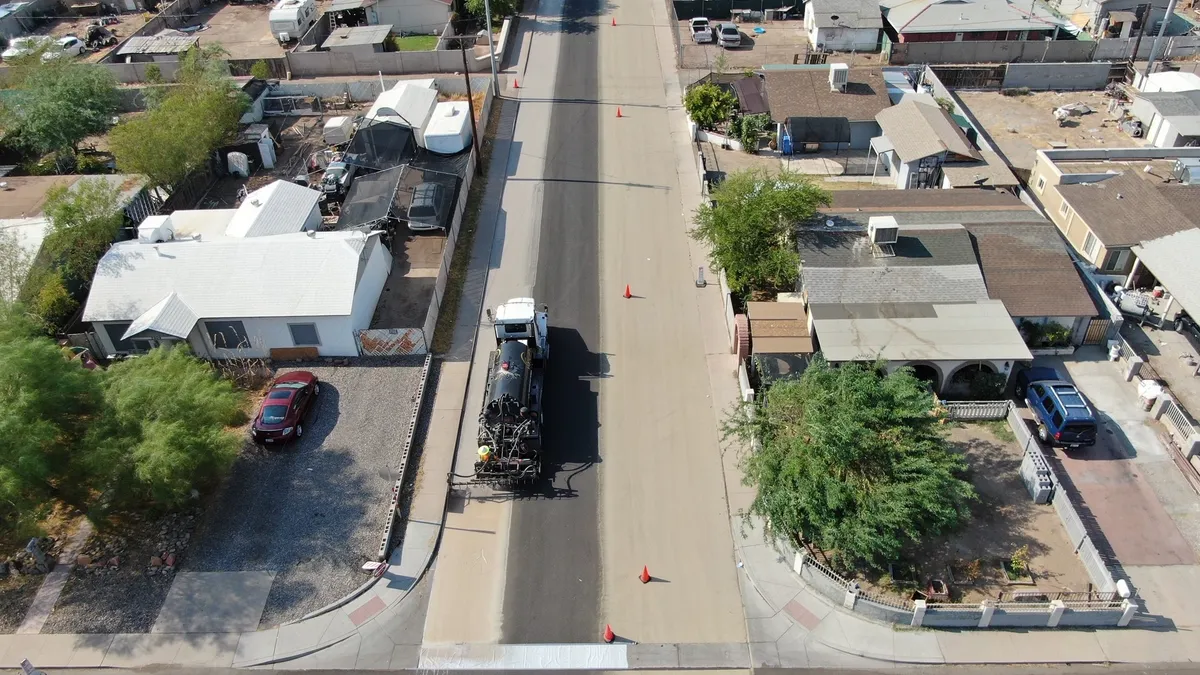Dive Brief:
- Nearly three-quarters (72%) of U.S. construction executives say the industry is not functioning at a rate of productivity suitable for infrastructure projects, according to a report from KPMG. Almost all, 92%, believe technology will change business and help amend that productivity gap.
- Executives indicate that integrated project management information systems (68%), BIM (53%) and use of 'advanced data analytics' (48%), will deliver the greatest return on investment.
- The survey also reported that the millennial demographic is closing in on baby boomers in the U.S. construction workforce, comprising 30.1% of overall payrolls, compared to 30.4%, respectively.
Dive Insight:
The skilled labor shortage is a well-documented epidemic. As baby boomers continue to reach retirement age and the younger generations enter the workforce in stronger numbers, companies must take steps to understand how best to recruit and retain these workers — and technology can help with that.
According to Garrett Harley, vice president of strategic accounts for the building sector at Aconex, the proliferation of construction technology not only will increase productivity, but also will positively affect the labor market when it is used effectively as a recruitment tool. "Not many people coming out of school understand there's this much tech in construction. It's an exciting time to be a part of it," he said.
Adopting technologies to increase productivity can go hand-in-hand with helping to alleviate the effects of the labor shortage. Torcon, a Red Bank, NJ-based construction management and general construction firm, uses technology to streamline its processes by starting with tools, like BIM, early in the process. That process helps team members maintain transparency in their communications throughout the project.
A number of representatives at Autodesk University earlier this month also touted technology's ability to help close the performance gap by building smarter. Extracting data through venues like LiDAR, photogrammetry and data sensing and visualization can help with quality control, safety tracking, site analysis and more.
Machines also are starting to do what was once uniquely human work, freeing up available people to work on other tasks. A Pittsburgh-area company recently developed a robot that can tie rebar on bridges, thereby cutting labor hours in half and reducing worker safety risk. Built Robotics last month started testing an autonomous track loader that can excavate holes for building foundations 24 hours per day.











